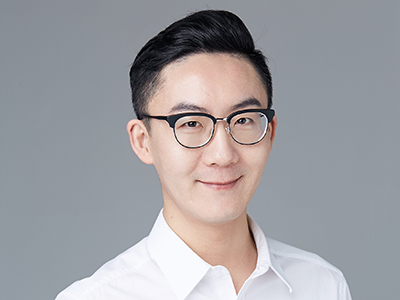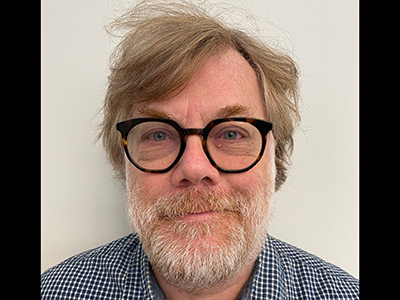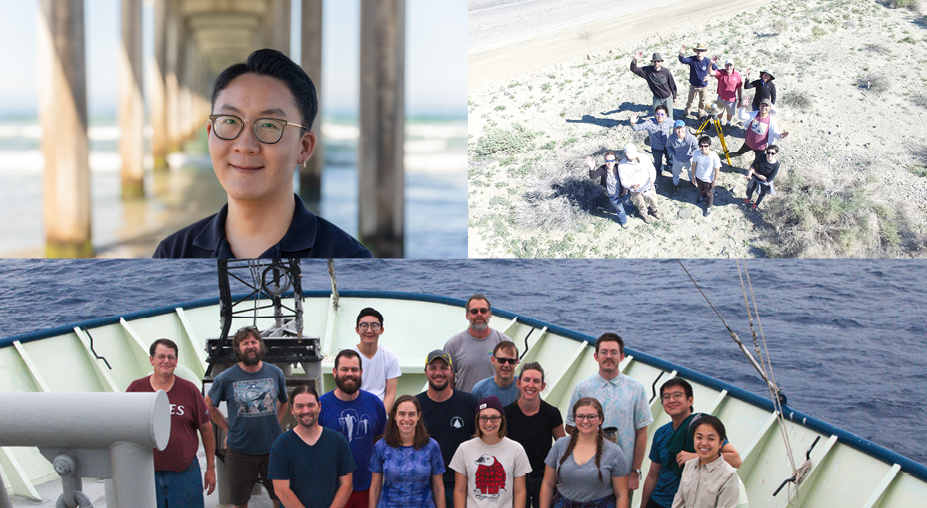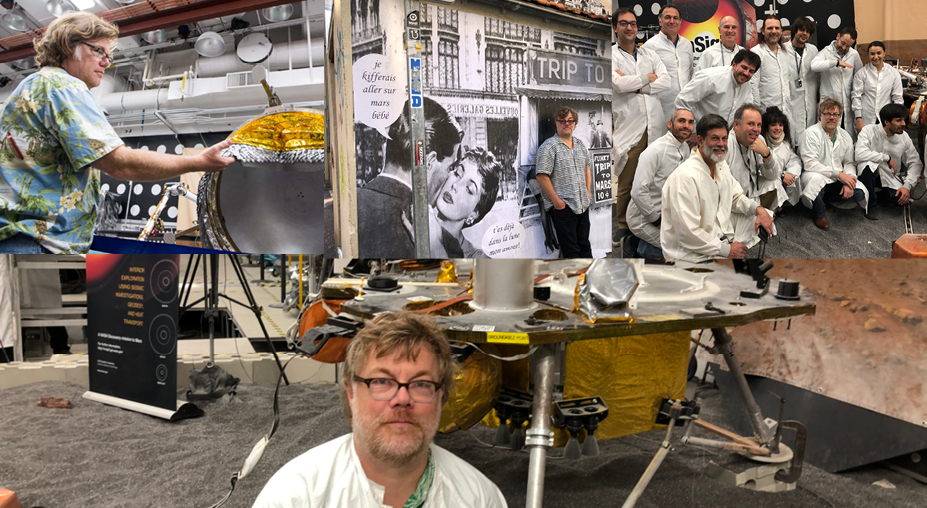Seismology Section

Citation
Wenyuan Fan has already gained so many insights into earthquake processes that it is hard to encapsulate them in a 400-word citation. Wenyuan earned a B.S. and M.S. at Peking University, followed by a Ph.D. with Peter Shearer at the Scripps Institution of Oceanography. After a brief postdoc at Woods Hole and a stint on the faculty of Florida State, he is now on the faculty back at Scripps.
Wenyuan has pioneered new approaches to teleseismic earthquake imaging, often extending back-projection methods for both body and surface waves. He demonstrated that with careful processing, global seismic arrays can achieve excellent resolution of earthquake ruptures, and in many cases can resolve the frequency dependence in the seismic radiation. For example, he showed that there was a lack of high-frequency radiation from the main slip patch near Kathmandu in the 2015 Tibet earthquake, which helps explain the relatively mild damage seen there. Subsequent more-detailed studies incorporating geodetic and strong-motion data have confirmed this result.
Wenyuan also used back-projection to search for undetected early aftershocks for M 7–8 earthquakes, finding many examples around the globe, with implications for earthquake triggering and strong-motion risk assessments. Similar approaches have been fruitful in finding exotic geophysical disturbances. With USArray seismic data, he detected previously uncataloged landslides and glacial calving events. He also discovered a new type of impulsive seismic event, which he termed a “stormquake,” generated along the continental shelf by long-period ocean waves during strong storms.
The landslide search incorporated a surface wave detector to identify large numbers of previously unknown underwater landslides in the Gulf of Mexico. Most are temporally correlated with passing surface waves from distant earthquakes with magnitudes as small as 5. This study has profound implications for tsunami hazard in the Gulf of Mexico, as well as paving the way for future submarine landslide detection programs around the world.
Anyone who has heard one of his talks knows that his communication skills are first rate. In addition, Wenyuan devotes tremendous energy toward mentoring young scientists at a variety of levels, even being so early in his own career.
Wenyuan actively seeks out collaborations to broaden the scope of his work. Indeed, his ability to network and work across institutional and disciplinary boundaries is truly extraordinary. These (and many more) notable results from relentlessly creative methods and bold interpretations will, no doubt, be just the beginning of a stellar geophysical career.
—John Vidale, University of Southern California, Los Angeles
Response
Thank you, John, for the generous citation. I am deeply honored to receive the 2022 Keiiti Aki Early Career Award. Research is a collaborative effort in nature, and the award also recognizes my mentors, collaborators, and friends.
The space is limited for listing all the names, but I would like to highlight my Ph.D. adviser, Peter Shearer, and postdoctoral adviser, Jeffrey McGuire. Peter showed me his unbounded creativity in working with large volumes of seismic data, and Jeff shared with me his sharp scientific intuition and taught me to conduct field experiments in exotic places. I would also like to acknowledge Catherine de Groot-Hedlin, Michael Hedlin, Yihe Huang, Ryo Okuwaki, Guoqing Lin, and Andrew Barbour. Thank you all for the kindness, support, inspiration, and, most important, the joy that we shared doing research together.
Seismology is data rich, and my research is only possible because the seismology community has always shared data, tools, results, and instruments. The USArray and other community experiments have fueled arrays of high-impact research, and such large-scale, dense seismic arrays are invaluable for investigating both Earth and earthquakes. The open research practice grants everyone an equal opportunity to make discoveries. I am indebted to colleagues who collect the data and the centers that distribute the data.
—Wenyuan Fan, Scripps Institution of Oceanography, University of California, San Diego
Field Photos


